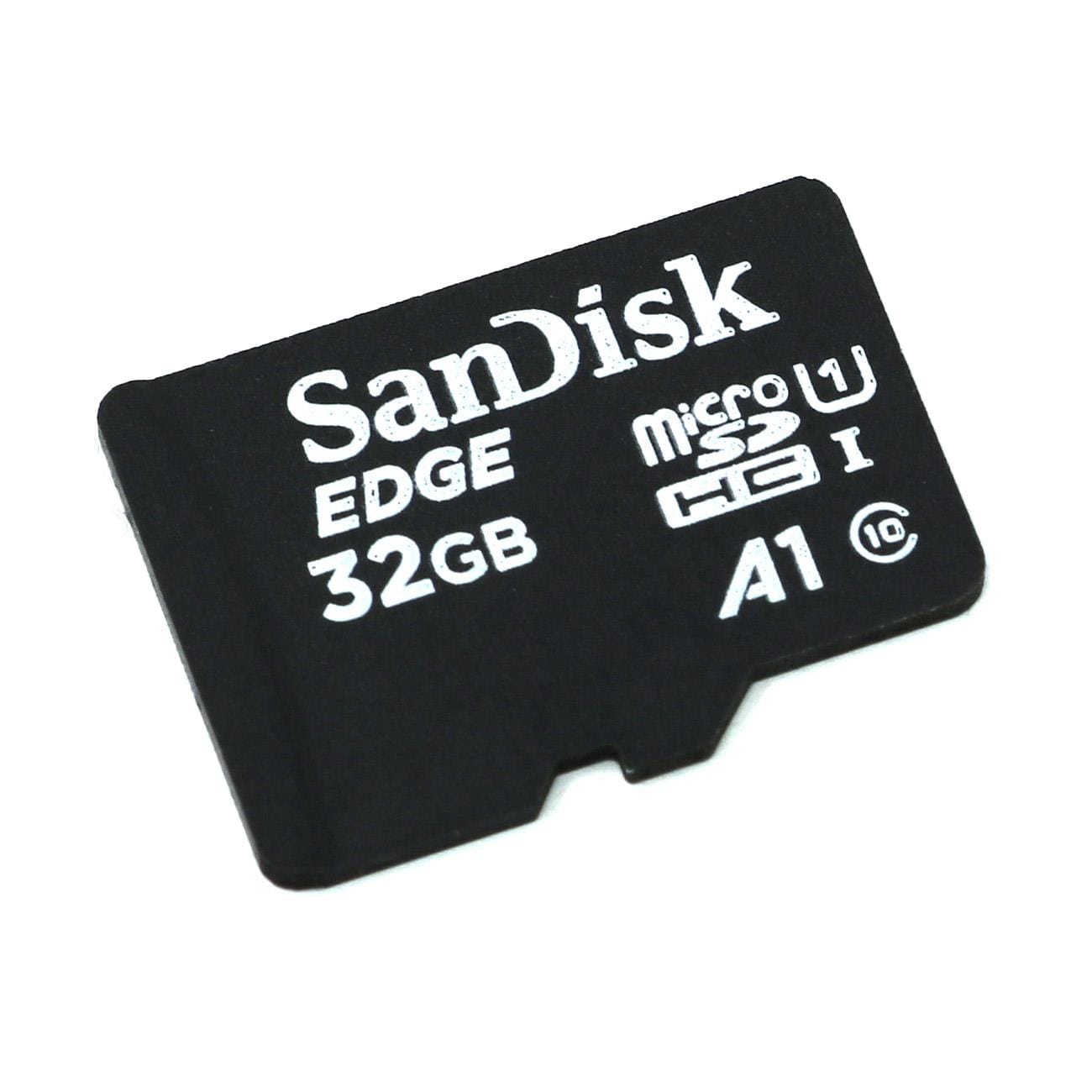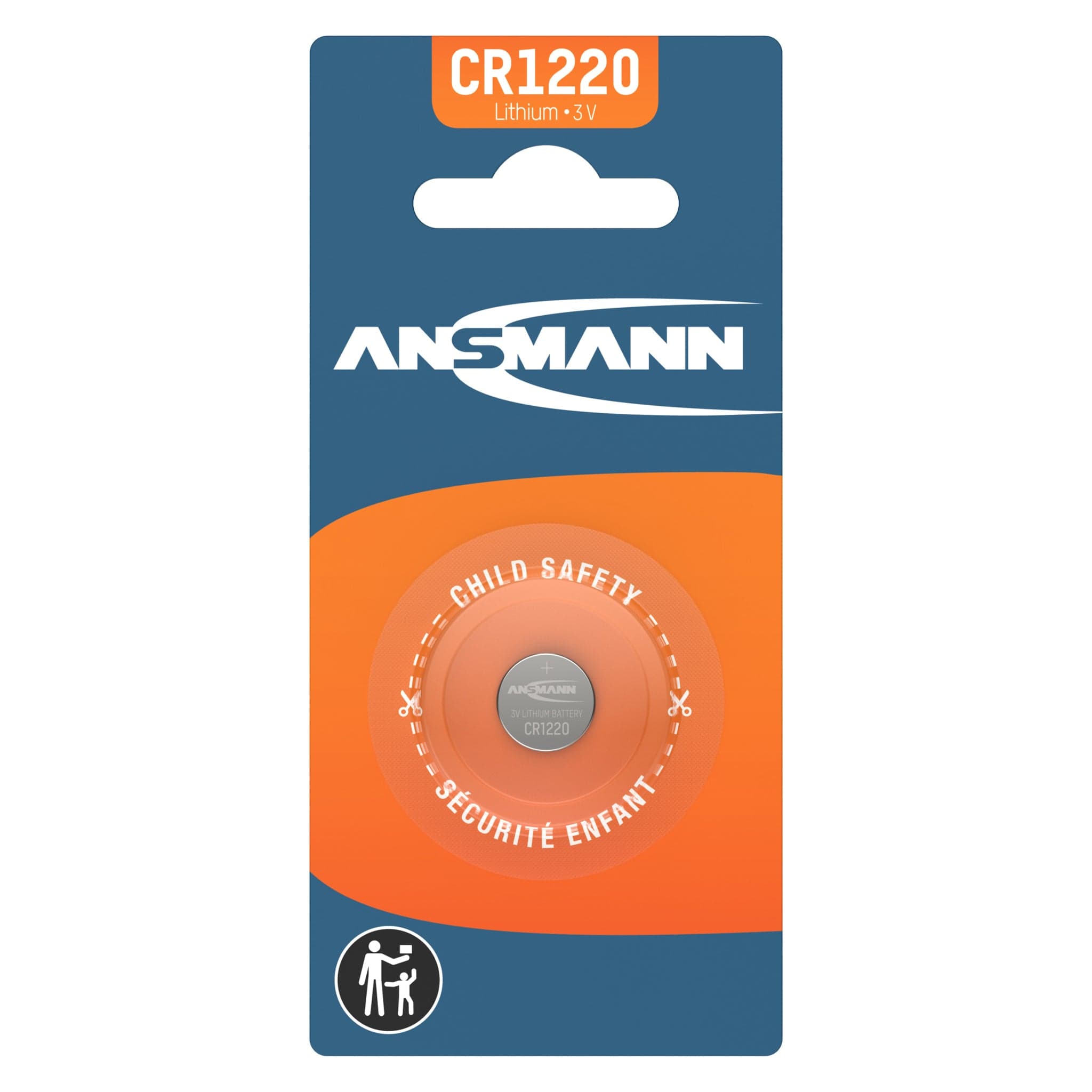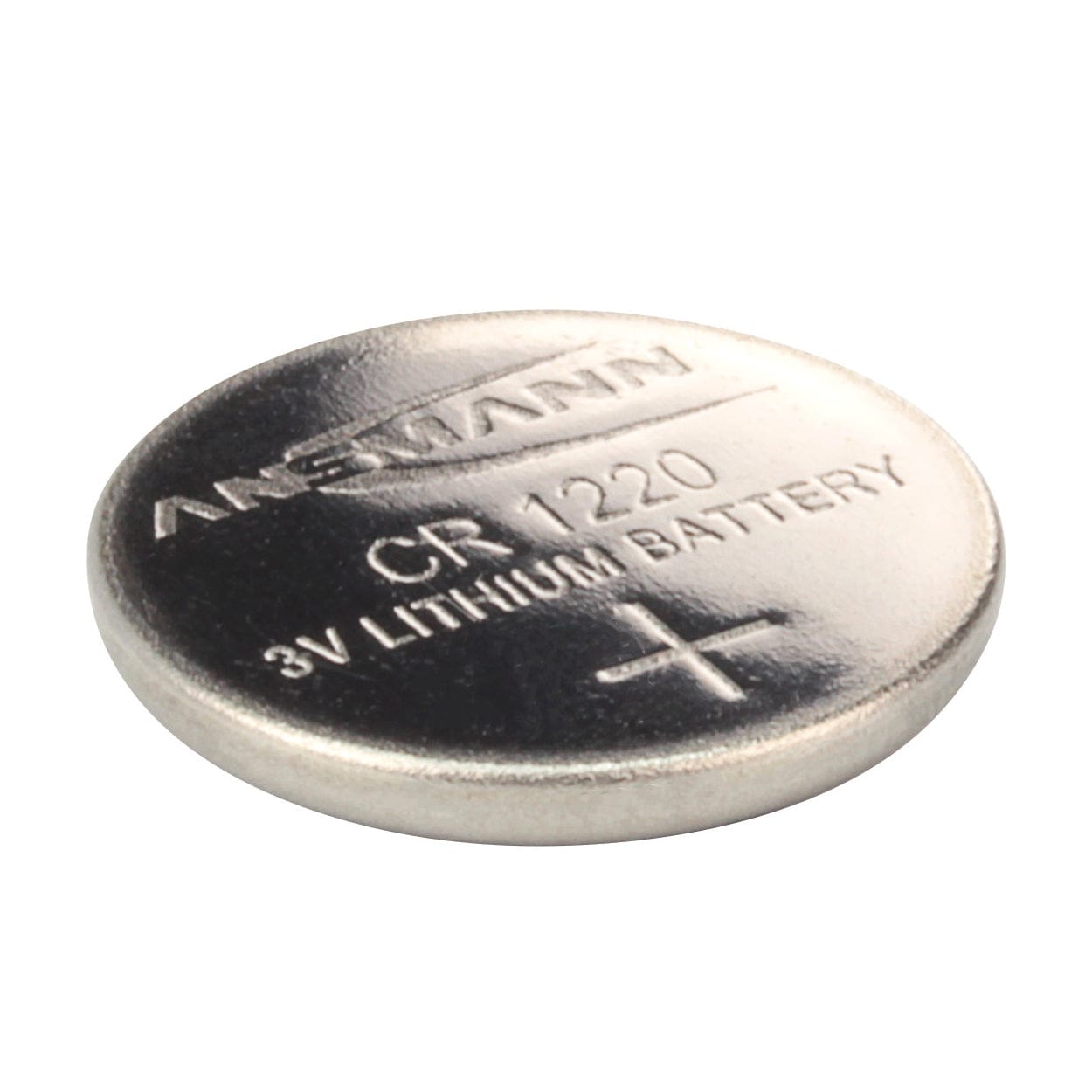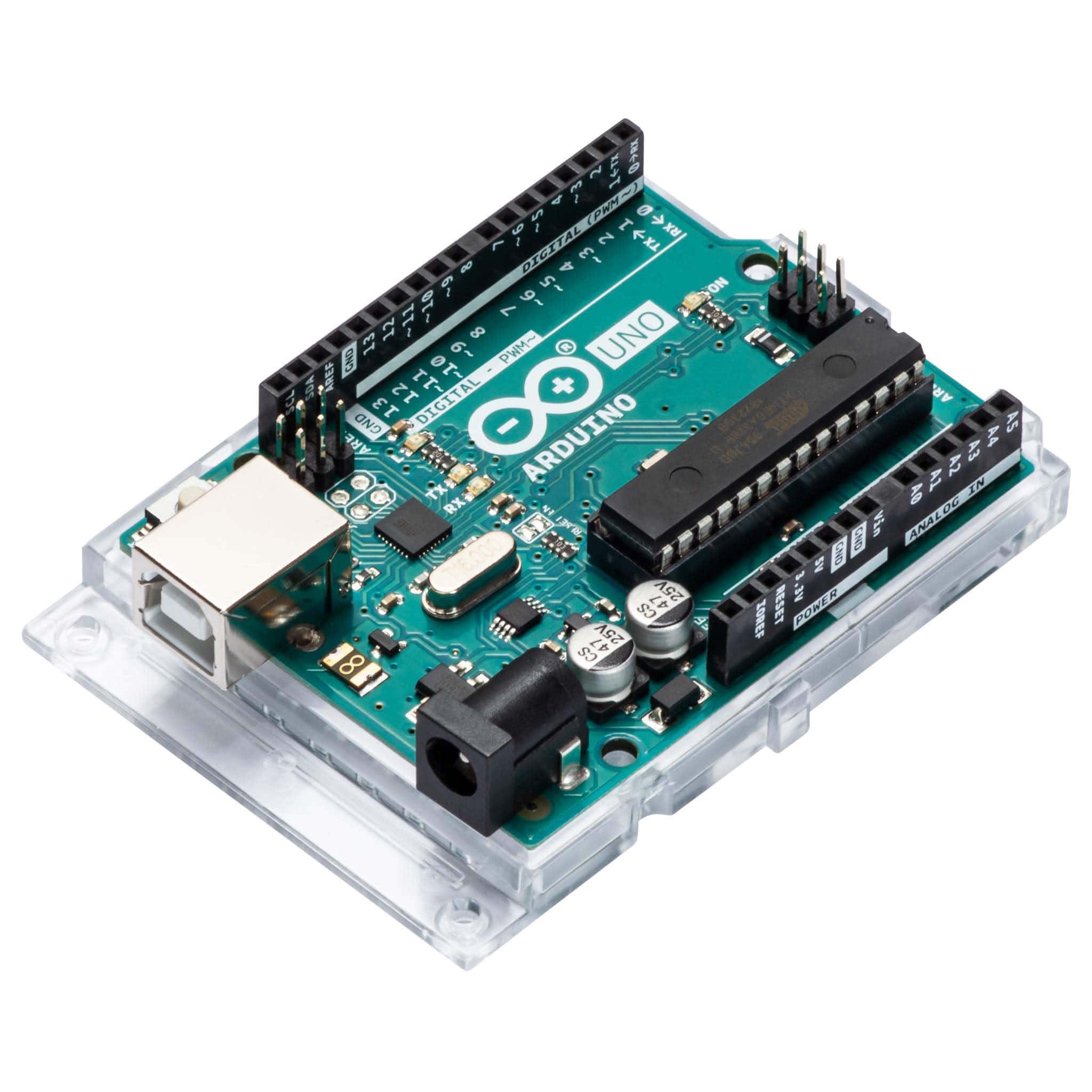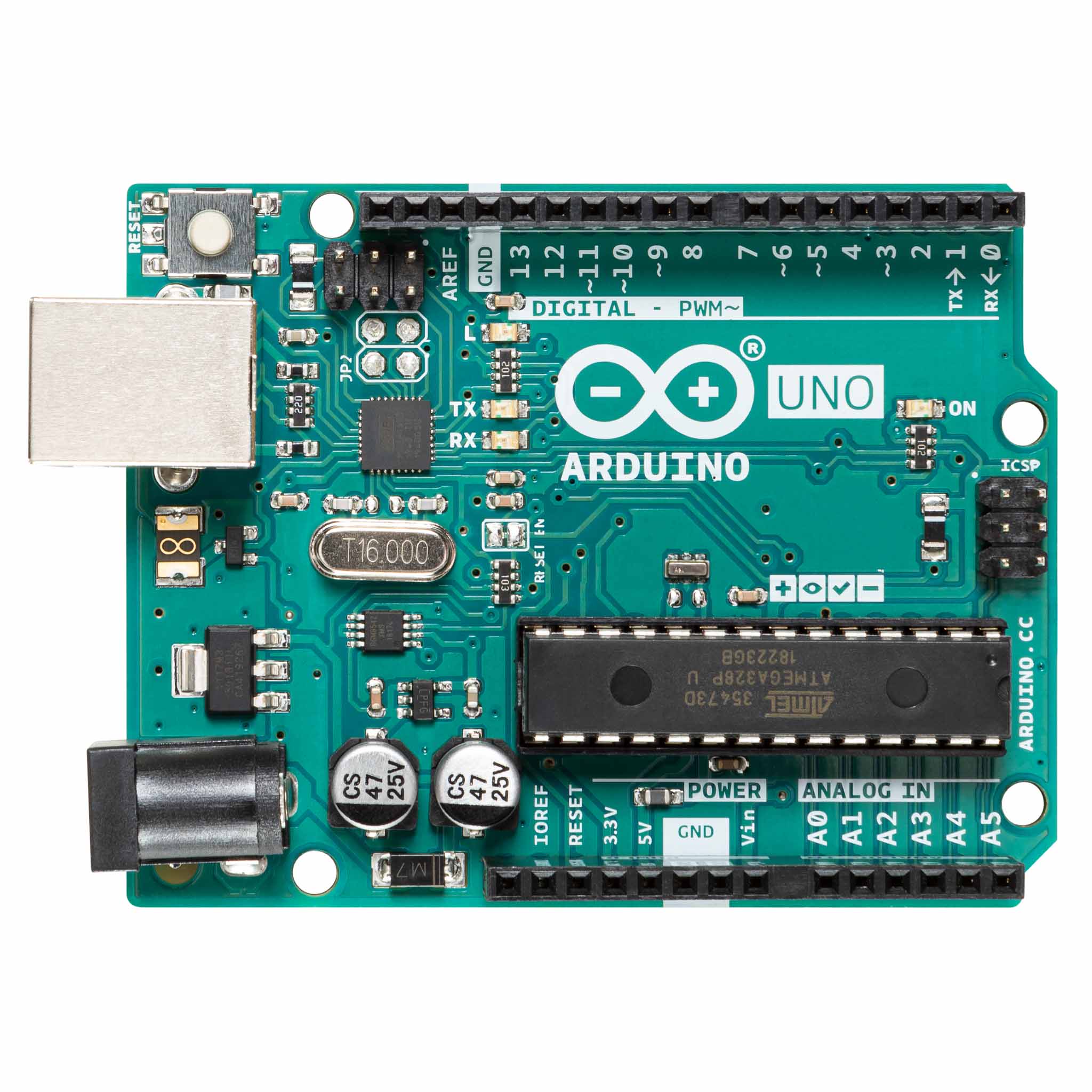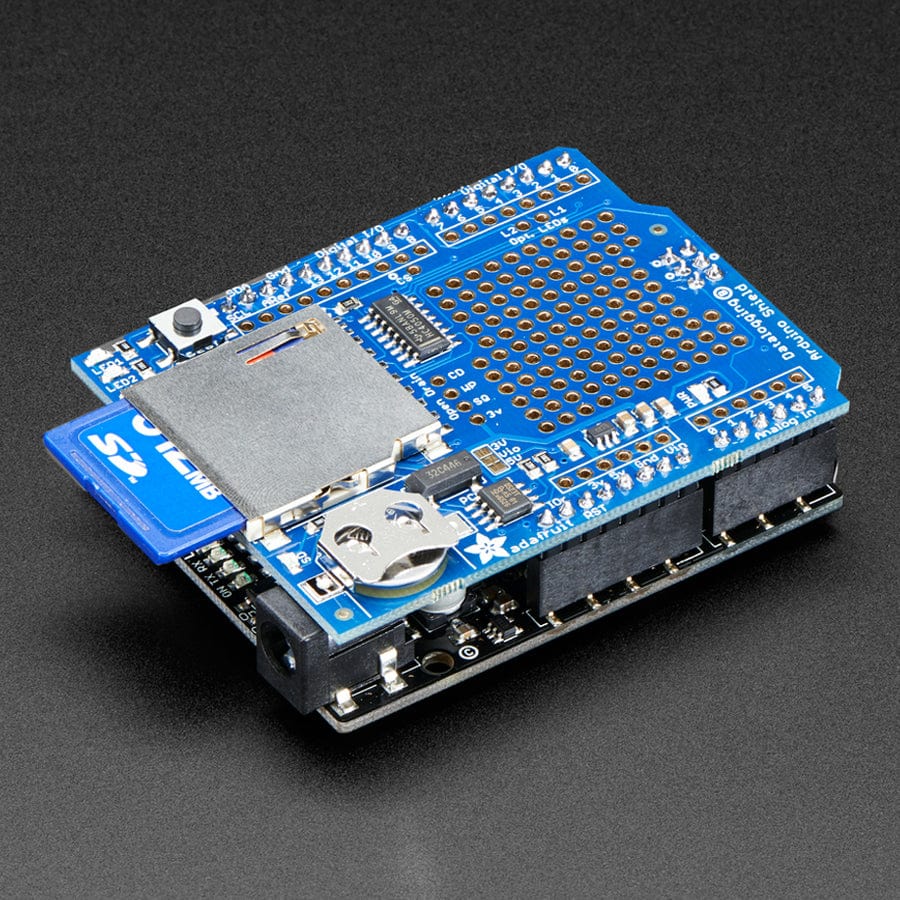
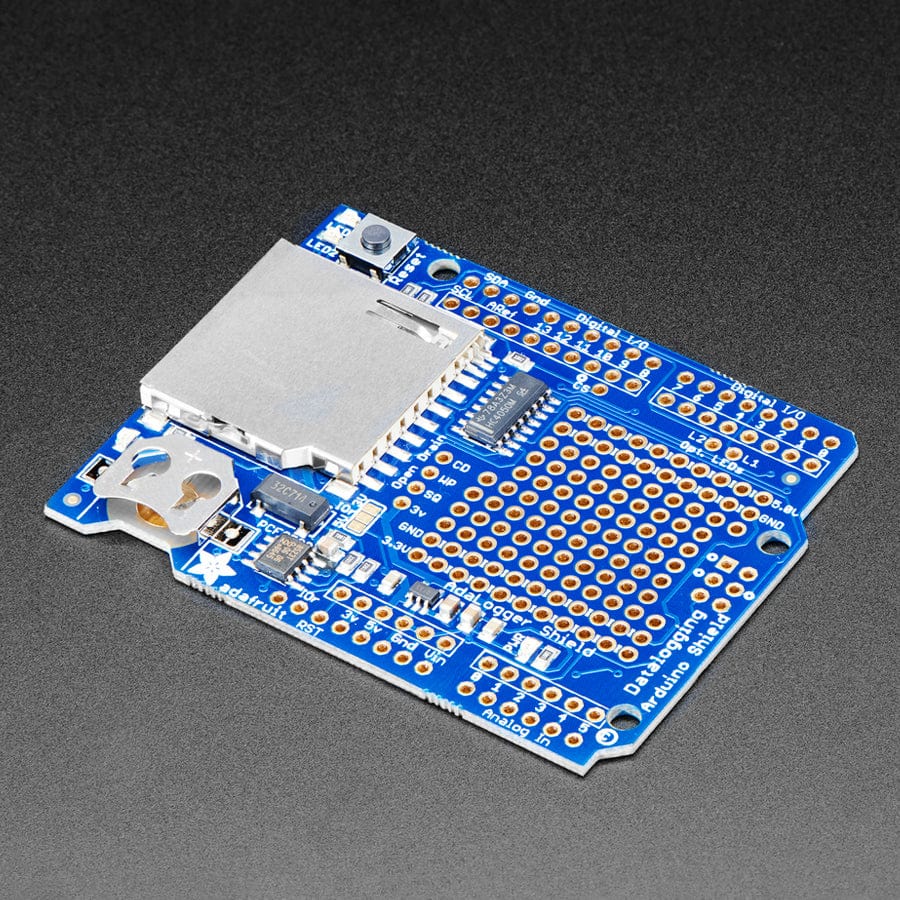
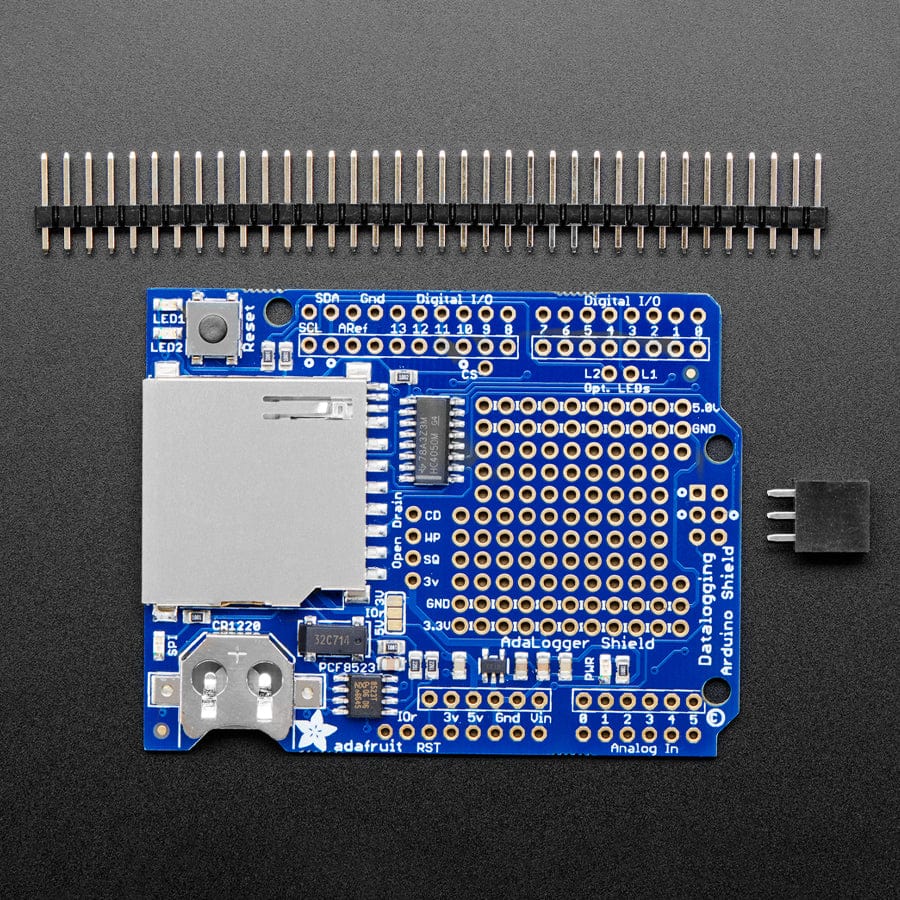
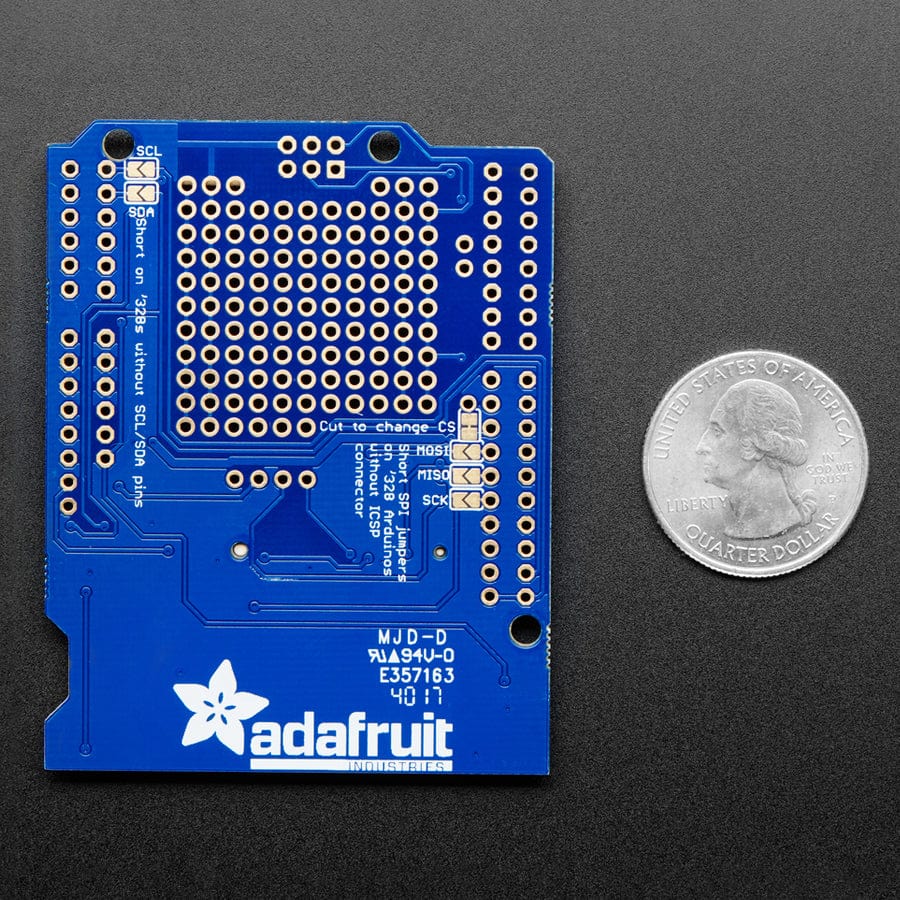
Login / Signup
Cart
Your cart is empty




Here's a handy Arduino shield: we've had a lot of people looking for a dedicated and well-designed data logging shield. We worked hard to engineer an inexpensive but well-rounded design. Not only is it easy to assemble and customize, but it also comes with great documentation and libraries.
Our latest version of this popular shield has all the features of the popular original, and is "R3" compatible so you can use it with just about any Arduino or compatible. You can be up and running with it in less than 15 minutes - saving data to files on any FAT16 or FAT32 formatted SD card, to be read by any plotting, spreadsheet or analysis program. We even have a tutorial on how to use two free software programs to plot your data The included RTC (Real Time Clock) can be used to timestamp all your data with the current time so that you know precisely what happened when!
Please note that this item does NOT come with an Arduino (you'll need one to use with the shield), SD card or coin cell battery! The shield comes with all the components soldered on and tested but does not have headers installed. You'll need some basic soldering skills to put it together, but even if you don't have much experience you can get it done in under 15 minutes.
With this new version, you can use it with:
Of course, you can log anything you like, including digital sensors that have Arduino libraries, serial data, bit timings, and more! For more information, including libraries, schematics and examples see the data logger shield webpage





